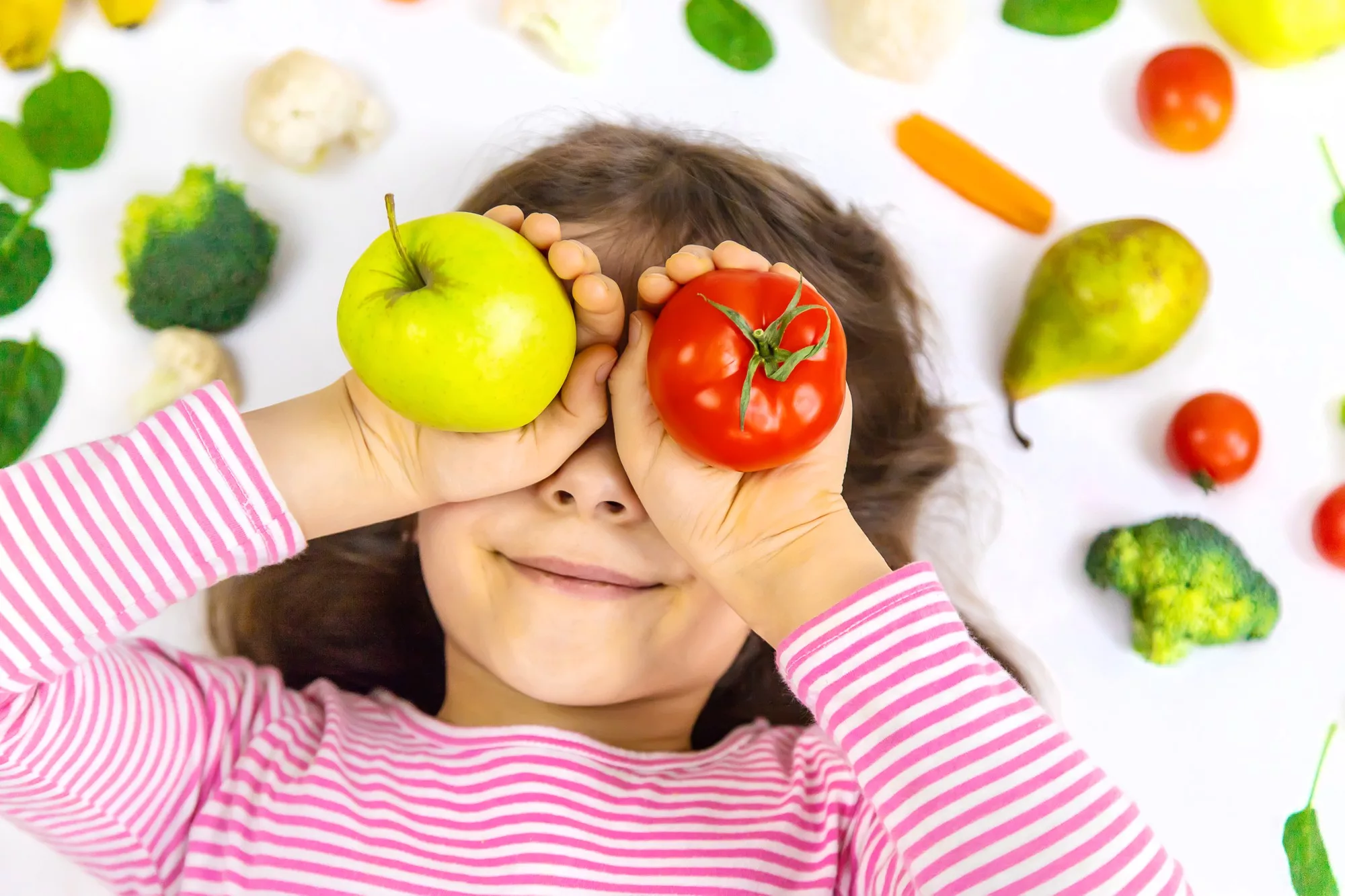
Children and teens need a healthy diet to support their growth and development and to reduce their risk for conditions including obesity and diabetes. Some kids can be picky when it comes to eating, which can make it difficult for you as a parent to ensure they get all the nutrients they need to stay happy and healthy.
The below tips will help you design meal plans for your kids that can keep them healthy for years to come.
Use MyPlate as a Guide
MyPlate is a nutrition guide developed by the U.S. Department of Agriculture. This guide is a terrific resource if you are looking for general nutrition recommendations for both children and adults.
According to MyPlate, a healthy diet for kids includes lots of fruits and vegetables, proteins, whole grains, and low-fat dairy. It recommends filling 50% of their plates with fruits and vegetables and filling the remaining 50% with a combination of grains, proteins, and dairy.
Use MyPlate as your guide and starting place when building meal plans for your kids.
Stock Up on Fruits and Vegetables
Fruits and vegetables are loaded with a long list of vitamins, minerals, and other nutrients—including antioxidants that can fight free radicals and inflammation and reduce the risk for chronic diseases like cancer.
Fresh, whole fruits and vegetables are best, as they generally contain more nutrients than canned or dried varieties that have gone through processing. Half of the fruit your kids eat should come from whole fruits instead of 100% fruit juices because whole fruits are high in fiber.
Toddlers should eat between ½ to 1 cup per day of fruits. Kids between the ages of 2 and 8 need 1 to 2 cups of fruit per day, and kids between the ages of 9 and 18 need 2 to 2½ cups of fruit per day.
For vegetables, toddlers need between ⅔ to 1 cup per day. Kids between the ages of 2 and 8 need 1 to 1½ cups of veggies per day, and kids between the ages of 9 and 18 need 3 to 4 cups of veggies per day.
Experiment with giving your kids a variety of different fruits and vegetables prepared in different ways to learn which ones they like the best. Many veggies can even be pureed and “hidden” into soups and stews if you find that your kids are being resistant to the idea of eating them.
Buy Whole Grains
Grains are foods made with wheat, rice, barley, and oats—such as breakfast cereal, bread, pasta, and tortillas. Grains can be whole or refined, but whole grains are generally far healthier than refined grains.
Refined grains are usually heavily processed and stripped of important nutrients that make grains healthy. Whole grains, on the other hand, contain the entire grain kernel because they are not processed.
Half of the grains your children eat should be in whole-grain forms, such as whole-grain bread, brown rice, oats, and quinoa. The daily recommended amount of whole grains is 1½ to 2 ounces for toddlers, 1½ to 3 ounces for kids between the ages of 2 and 8, and 3 to 5 ounces for kids between the ages of 9 and 18.
Choose Healthy Dairy Products
Healthy dairy products are loaded with several essential nutrients—including calcium, which contributes to strong bones. Healthy sources of dairy include yogurt (especially Greek yogurt, which has nearly double the protein), cottage cheese, cow’s milk, and cheese. Toddlers need 1 ⅔ to 2 cups of dairy per day, children between the ages of 2 and 8 need 2 to 2 ½ cups of dairy per day, and kids between the ages of 9 and 18 need up to 3 cups of dairy per day.
Add a Variety of Proteins
Proteins play an important role in the development of your children’s bones, muscles, cartilage, skin, and blood. B vitamins, zinc, iron, and magnesium are some of the many nutrients found in protein foods.
Proteins are extremely versatile, and you can choose among many types to serve your children. Proteins include:
- Eggs
- Nuts, including peanuts, walnuts, pecans, and almonds
- Seeds, including sunflower seeds, sesame seeds, and chia seeds
- Lentils
- Peas
- Beans, including black beans, pinto beans, and kidney beans
- Poultry, including chicken and turkey
- Meats, including beef and bison
- Seafood, including salmon, tuna, and mackerel
- Soy products, including tofu, edamame, and sprouts
The recommended daily amount of protein is 2 ounces for toddlers, 2 to 5½ ounces for kids between the ages of 2 and 8, and 4 to 7 ounces for kids between the ages of 9 and 18.
Make an appointment with your children’s healthcare provider if you still need help developing healthy meal plans for your kids. Your pediatrician can work with you and your children to choose the best foods or can refer you to a dietitian or nutritionist who can also help and provide sound recommendations.
Resource Links
- “What is MyPlate” via U.S. Department of Agriculture
- “Childhood Nutrition Facts” via Centers for Disease Control and Prevention
- “Fruits” via U.S. Department of Agriculture
- “Vegetables” via U.S. Department of Agriculture
- “Grains” via U.S. Department of Agriculture
- “Dairy” via U.S. Department of Agriculture
- “Protein Foods” via U.S. Department of Agriculture